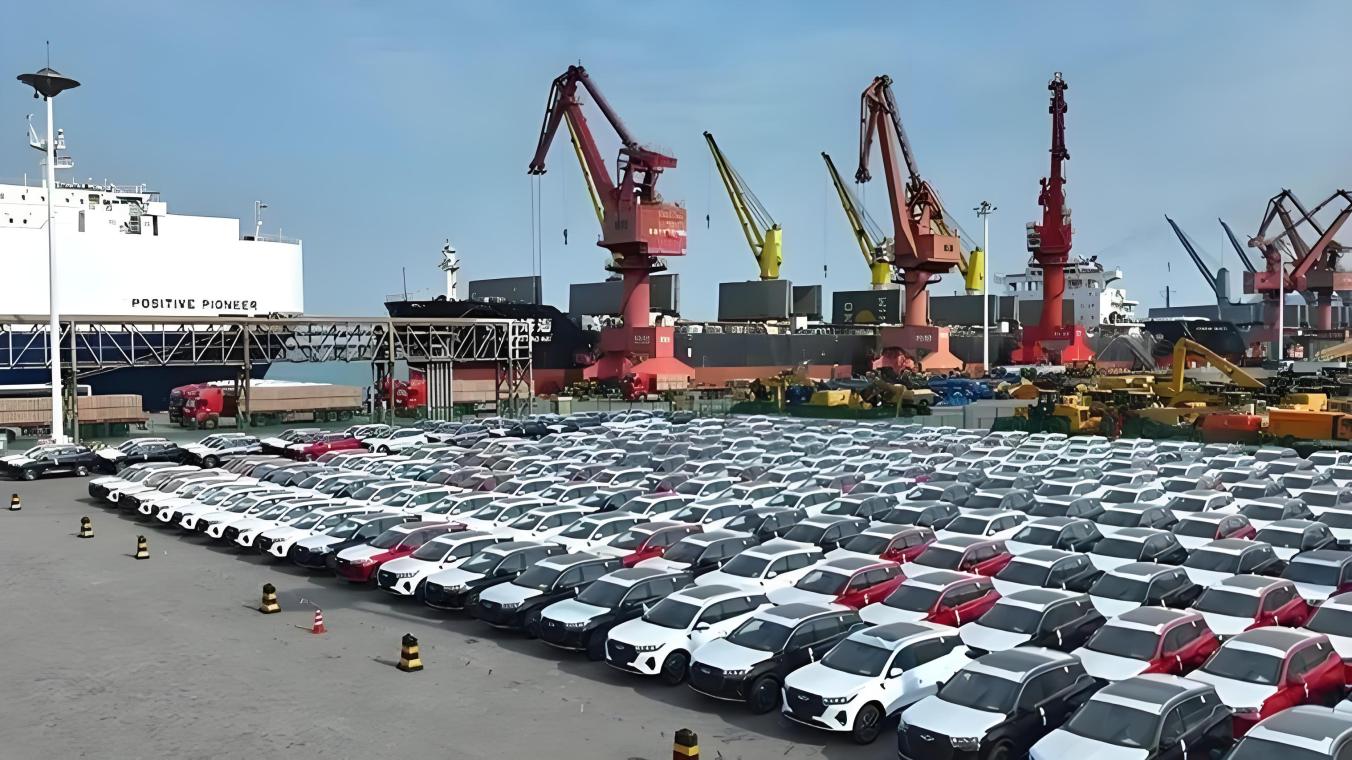
In the wave of the global automotive industry's accelerated transformation to electrification, Chinese electric vehicle enterprises are casting their eyes on the distant and full-of-potential Latin American region with an unprecedented stance. This strategic move not only opens up a new development path for China's electric vehicle industry but will also have a profound impact on the transportation, energy, and economic landscapes of Latin America.
Latin America has vast land and a rich and diverse geographical environment. Its large population base and growing economic vitality form a solid foundation for the demand for electric vehicles. From the bustling cities of Brazil to the vast grasslands of Argentina, from the long coastline of Chile to the industrial centers of Mexico, problems such as traffic congestion and air pollution are becoming increasingly prominent. The transportation system dominated by traditional fuel vehicles is facing huge environmental and efficiency challenges. As a clean and efficient means of transportation, electric vehicles have broad application prospects in Latin America. In addition, the governments of Latin American countries are paying increasing attention to environmental protection and sustainable development. Many countries have successively introduced policies to encourage the development of new energy vehicles, including purchase subsidies, tax incentives, and the construction of charging pile infrastructure. The support of these policies provides a favorable policy environment for the entry of Chinese electric vehicle enterprises. Taking Chile as an example, its rich lithium resource reserves give the country a unique position in the new energy industry chain. The government actively promotes the popularization of electric vehicles, hoping to take the lead in the global new energy transformation. At the same time, Brazil, as the largest economy in Latin America, is also increasing its support for new energy vehicles, aiming to reduce its dependence on imported oil and improve the level of national energy security.
After years of development, China's electric vehicle industry has formed a complete industrial chain system. From battery research and development and manufacturing, motor control systems to vehicle design and assembly, Chinese enterprises have significant advantages in technology and cost control. Battery enterprises represented by CATL have world-leading high-performance and long-range battery technologies, providing a strong guarantee for the core competitiveness of electric vehicles. In terms of vehicle manufacturing, automakers such as BYD, NIO, and XPeng not only have mature product lines and market shares in the domestic market but also have unique features in vehicle design and intelligent configurations. These enterprises integrate advanced scientific and technological achievements and innovative concepts into electric vehicle products, such as autonomous driving assistance systems and intelligent interconnection functions, greatly enhancing the user experience of vehicles. At the same time, the ability of Chinese automakers in cost control makes their products highly competitive in price and can meet the needs of different consumption levels in Latin America.
When Chinese electric vehicle enterprises enter the Latin American market, they adopt diversified strategies. By establishing production bases in Latin America, production costs can be effectively reduced, trade barriers can be circumvented, and local market demands can be better met. For example, building a factory in Brazil can utilize the local rich labor resources and complete industrial supporting system to achieve localized production and sales. Localized production can also promote cooperation with local enterprises and drive the development of the local industrial chain, enhancing the enterprise's sense of identity in the local market. Strengthening brand building and marketing is also an important link. In Latin America, Chinese electric vehicle enterprises need to formulate targeted brand promotion strategies according to local cultural and consumption habits and other factors. Combining with local sports events and cultural activities can improve brand awareness and reputation. At the same time, establishing a perfect sales and after-sales service network is also crucial. Building 4S stores and after-sales service centers in major cities and transportation hubs provides consumers with convenient car purchase and maintenance services and solves consumers' worries. In addition, cooperation with local governments and enterprises is also an important way for Chinese electric vehicle enterprises to enter the Latin American market. Cooperating with Latin American governments in fields such as new energy infrastructure construction and public transportation electrification and participating in local urban transportation planning and construction projects. Cooperating with local energy enterprises to jointly promote the layout and construction of the charging pile network to create good conditions for the popularization of electric vehicles.
The expansion of Chinese electric vehicle enterprises in Latin America will have many positive impacts on the local area. In terms of the environment, the popularization of electric vehicles will effectively reduce exhaust emissions, improve urban air quality, reduce dependence on traditional fossil energy, and be conducive to the ecological environment protection and climate change response in Latin America. In the economic field, on the one hand, it drives local employment. From the production link to the sales and after-sales service links, a large number of employment opportunities will be created. On the other hand, it promotes the development of local related industries, such as parts manufacturing and charging pile operation, promoting the upgrading and optimization of the industrial structure in Latin America. In the transportation field, the promotion of electric vehicles will provide a new solution to the traffic congestion problem in Latin American cities. The use of electric public transportation can improve the efficiency and comfort of public transportation and encourage more people to choose green travel methods. At the same time, the intelligent characteristics of electric vehicles will also bring new opportunities for transportation management in Latin America. For example, more efficient traffic flow regulation can be achieved through vehicle networking technology.
However, the expansion of Chinese electric vehicle enterprises in the Latin American market is not all smooth sailing. Cultural differences are an important challenge. Enterprises need to deeply understand local cultural customs and consumption psychology to avoid market strategy mistakes caused by cultural misunderstandings. At the same time, the infrastructure construction level in Latin America varies. In some areas, the charging pile and other infrastructure is seriously insufficient. This requires enterprises to work together with local governments and relevant departments to increase investment in infrastructure construction. In addition, market competition is becoming increasingly fierce. There is not only competition from electric vehicle enterprises from other countries but also local traditional automobile enterprises are actively transforming and trying to get a share in the electric vehicle market. Chinese electric vehicle enterprises need to continuously improve their product quality and technical level, strengthen innovation ability to cope with fierce market competition. At the same time, strengthen awareness of intellectual property protection to prevent the occurrence of technology leakage and infringement.
Chinese electric vehicle enterprises targeting Latin America as their global expansion goal is a strategic decision. In the process of giving full play to their own advantages and actively responding to challenges, Chinese electric vehicle enterprises are expected to succeed in this vast market in Latin America, achieve win-win development with Latin America in economic, environmental, and transportation fields, and jointly write a new chapter in the development of the global new energy automotive industry. With the continuous deepening of cooperation between the two sides, the development prospects of Chinese electric vehicle enterprises in Latin America will surely be even brighter, injecting new vitality into the global automotive industry's electrification transformation.

According to a report citing the Messenger Post of Papua New Guinea, a severe landslide occurred in the Wapenamanda area of Nga Province, Papua New Guinea recently, burying three houses and causing at least 11 deaths and over 20 people missing.
According to a report citing the Messenger Post of Papua Ne…
In the latest meeting minutes released by the Bank of Japan…
November 4th witnessed a "day of terror" in the cryptocurre…
On October 26th local time, Tesla's CEO Elon Musk announced…
When the US National Nuclear Security Agency fell into an "…
On November 3, 2025, Peru suddenly announced its diplomatic…